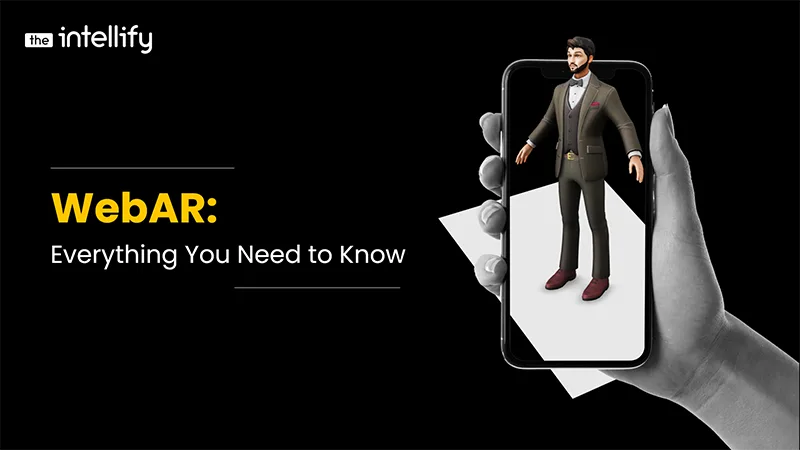
WebAR is Replacing App-Based AR: Overcoming Challenges in AR App Development
WebAr is on the top again, only because App-based AR started giving problems. As you know, AR app development gave us the best experience via Apps such as SketchAR, IKEA and many more.
But using this technology on apps can be challenging, as it requires more technicalities. It can create many complications for a developer to create an app compatible with phones and operating systems.
That’s where WebAR Steps in! Though it doesn’t have its total energy like an app-based AR, we can experiment with many things on it.
What is WebAR?
WebAR solutions is a medium to access Augmented Reality via a Web Browser instead of an app. This means all you need is a Smart Mobile Phone or any device with an Internet Connection, so you can access the wonders of AR without downloading any app. But WebAR is a bit more limited than app-based AR, as we don’t have much freedom to interact.
How do we build WebAR?
As this is a web application, we have many platforms that promote creating WebAR, which is not so different to web app development. A-Frame enables the creation of 3D assets and areas that look like HTML, and the 8th Wall supports A-Frame and other applications.
What are the Benefits of WebAR?
We all already know one of the benefits is that we don’t have to download the application here on your device. In an app, the size, the data permission for downloading, and your device compatibility reduce the bar to using it entirely. But WebAR has the ability that we can access it on any device irrespective of its specifications and also saves user data; also, the AR experience is more accessible and user-friendly here.
What are the Limitations of WebAR?
WebAR is still a newbie in the AR industry, though WebAR is much better in performance compared to app-based AR. But when a WebAR is used, the visuals are a bit low in quality as it takes a short amount of storage; this can be one of the challenges WebAR has right now.
WebAR has little freedom as it does not have access to all the device parts, while app-based AR has access to all the details. So here, AR is effective but simple.
How WebAR can be implemented in Marketing?
App AR has been used widely by using filters. Companies like Snapchat, and Instagram, where many filters like Baby Filter or Bearded Man have been a trend. Even Pokemon GO and IKEA. AR apps lack only one thing, which is autonomy. So WebAR can use items to be top in the market and also change our AR experience in daily life.
WebAr can be used for searches, and Google is looking forward to using AR for web searches. For example, if you’re looking for a red jacket, you can upload a scribble drawing of what you want, and it will show all the possibilities of what the jacket would look like.
Future of WebAR
For now, it might be difficult for them to be in trend as it has limitations; it can cross its limits when big fishes like Google and Apple step into the sea.
Apple is much better at developing AR, so it would be easier for them to create WebAR visuals and environments.
Overall, WebAR proves to be faster and quicker to experience AR technology which can impact us better.
The Intellify promotes Interacting WebAR for your brands to target your audiences and make it a fantastic experience.
Conclusion
WebAR offers a more accessible and user-friendly alternative to app-based AR, allowing users to experience augmented reality directly through their web browsers. While it has some limitations in terms of visual quality and device access, WebAR’s growth potential is immense, especially with support from major tech players like Google and Apple.
As businesses seek innovative ways to engage audiences, WebAR stands out as a powerful tool for seamless and cost-effective AR experiences. The future of WebAR is bright, and it’s an exciting time for brands to explore its possibilities.
For more information or to get started, Contact Us today!

Written By, Darshak Doshi
With over a decade of experience, Darshak is a technopreneur specializing in cloud-based applications and product development in healthcare, insurance, and manufacturing. He excels in AWS Cloud, backend development, and immersive technologies like AR/VR to drive innovation and efficiency. Darshak has also explored AI/ML in insurance and healthcare, pushing the boundaries of technology to solve complex problems. His user-focused, results-driven approach ensures he builds scalable cloud solutions, cutting-edge AR/VR experiences, and AI-driven insights that meet today’s demands while anticipating future needs.
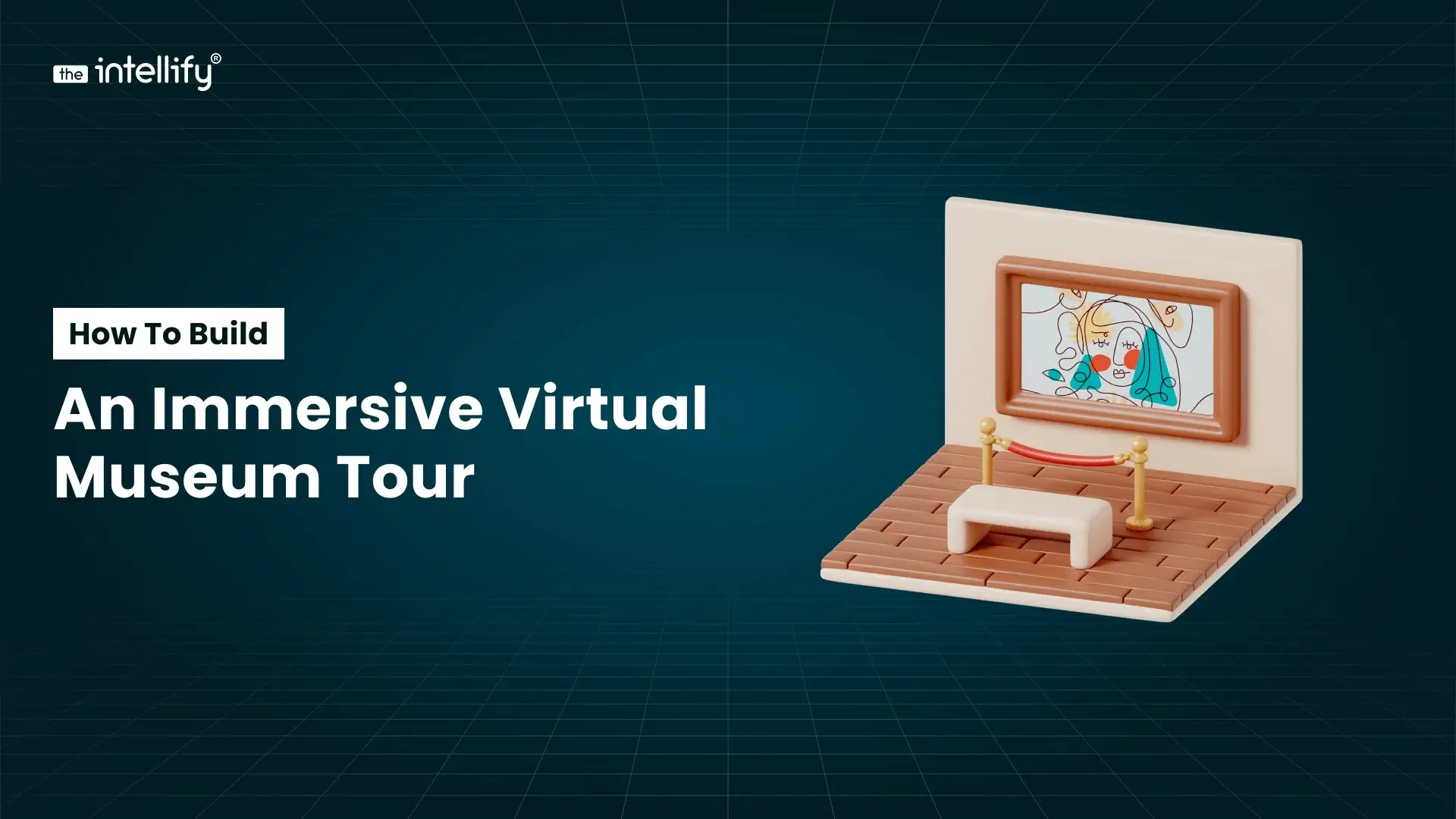

How to Build an Immersive Virtual Museum Tour in 2026
Summary: This blog explains how to create a virtual museum tour in 2026, covering everything from choosing the right tour format to planning layouts, capturing 360° or 3D visuals, adding interactive elements, and integrating AR/VR. It also highlights the key features that make a virtual museum experience successful, the technology stack you’ll need, estimated development […]
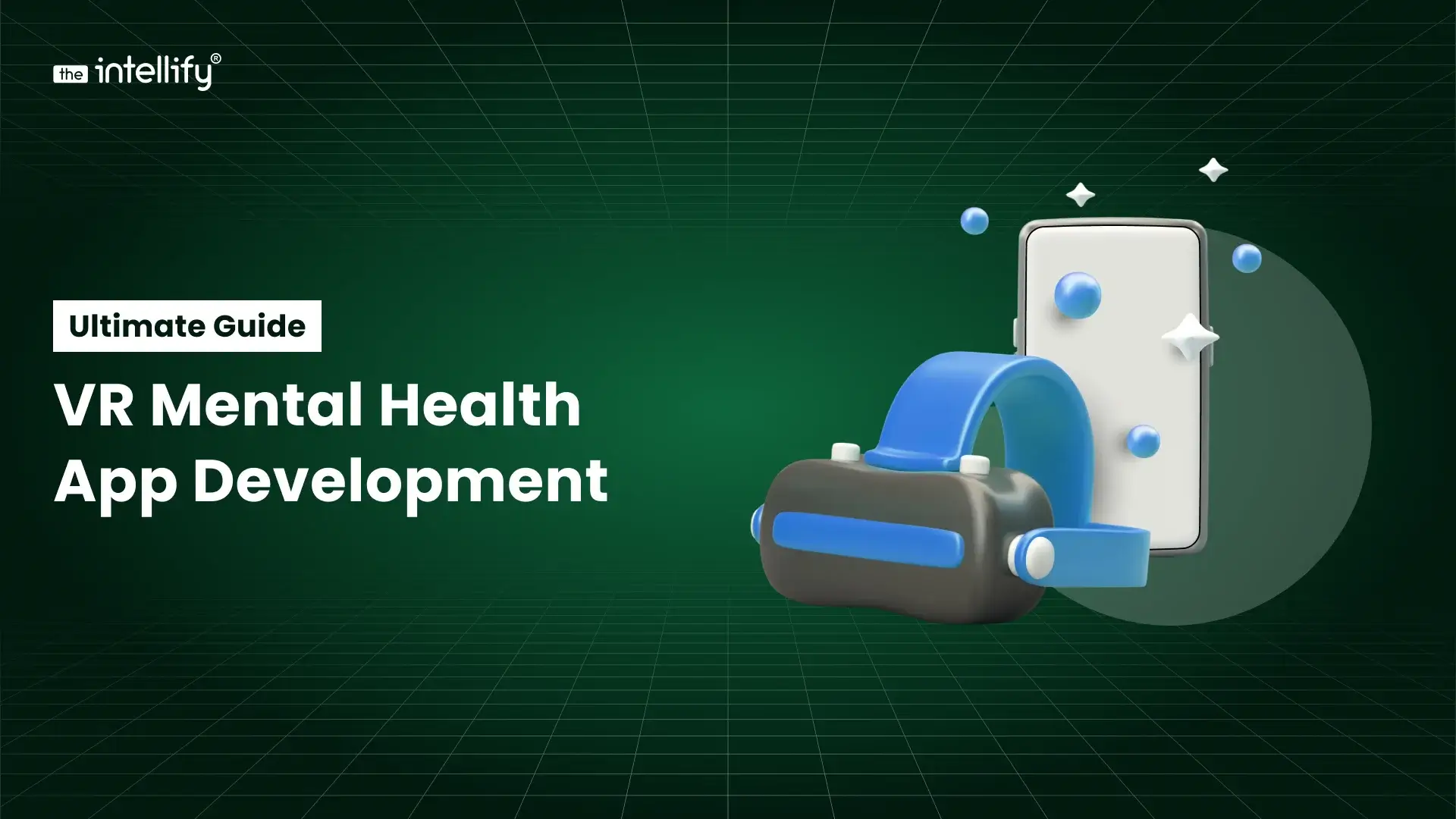

VR Mental Health App Development: Ultimate Guide 2026
Summary: This guide breaks down the essentials of VR mental health app development in a simple, human way. It explains how VR creates safe, immersive spaces for people dealing with anxiety, stress, depression, ADHD, and more. You’ll learn about real use cases, key features, the tech stack, development steps, costs, and what the future of […]
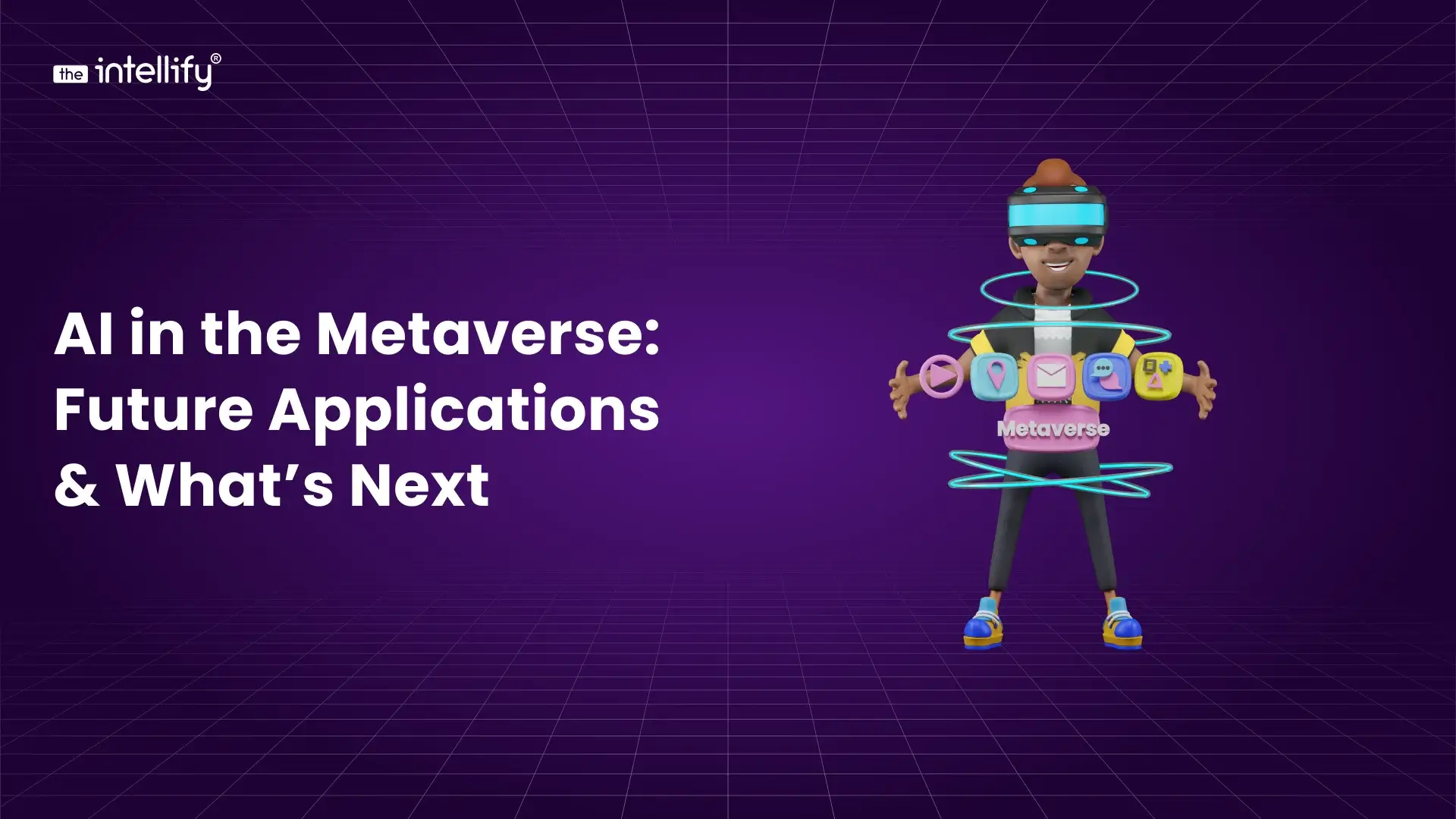

AI in the Metaverse: Future Applications & What’s Next
Summary: This blog explores how AI in the metaverse is slowly reshaping the way we interact with digital spaces. It breaks down how AI personalizes virtual worlds, improves navigation, and makes avatars, environments, and conversations feel more lifelike. You’ll also find practical tips on getting started, plus a look at what the future may hold […]
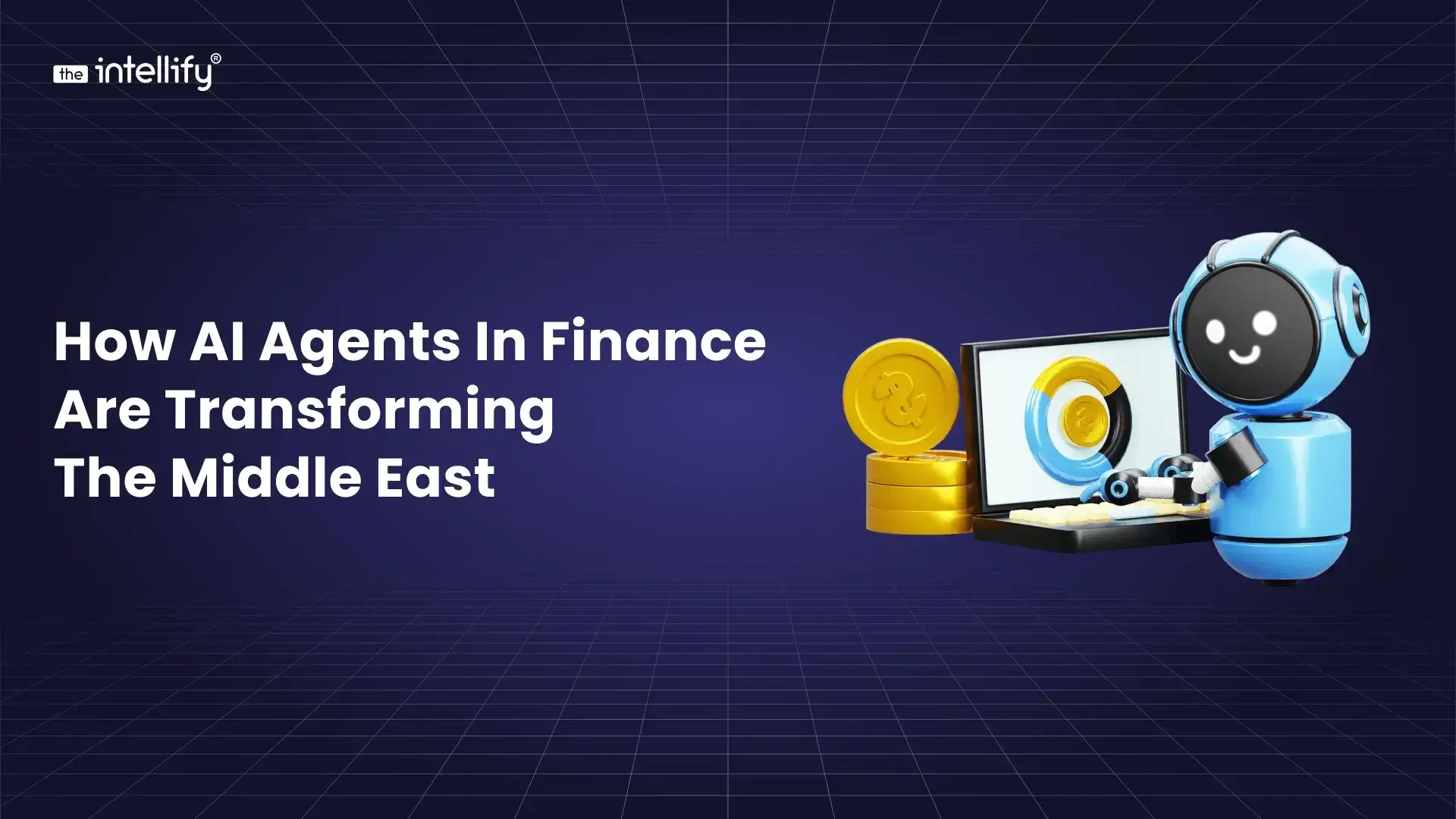

How AI Agents in Finance Are Transforming the Middle East
Summary: This Blog will explain what AI agents in finance are, their utility in the Middle Eastern market, their applications in the real world, the benefits they can bring to businesses, and how financial institutions can effectively utilize these tools. The Middle East’s finance industry is changing quickly, mostly because of new technologies and […]
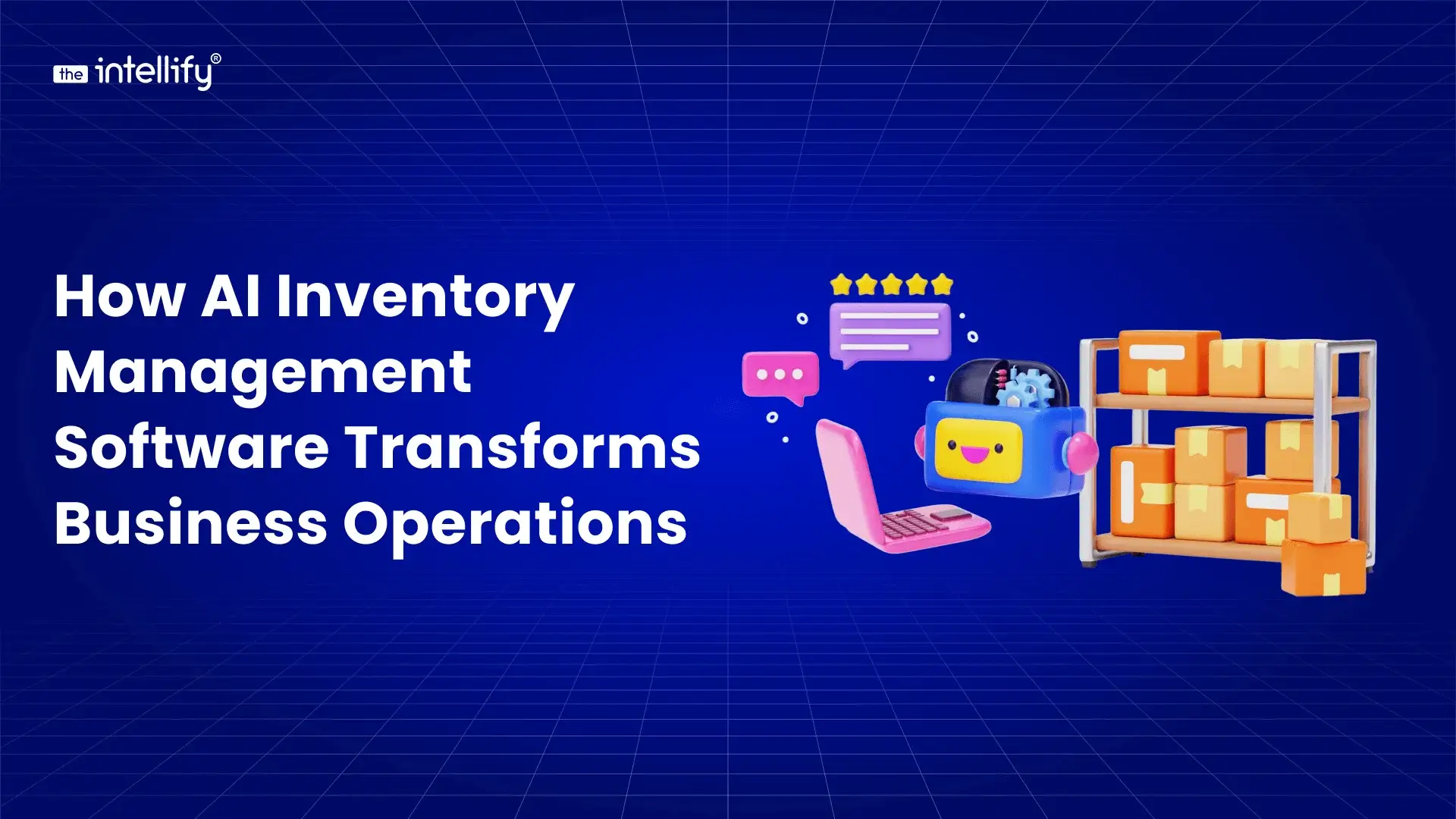

How AI Inventory Management Software Transforms Business Operations
Summary: AI inventory management software is reshaping how businesses handle stock, forecasting, and daily operations. Instead of relying on guesswork or outdated spreadsheets, AI helps companies track inventory in real time, spot trends early, and prevent stockouts or excess stock. This blog explains how AI improves accuracy, lowers costs, and boosts overall efficiency across retail, […]


How to Build an Immersive Virtual Museum Tour in 2026
Summary: This blog explains how to create a virtual museum tour in 2026, covering everything from choosing the right tour format to planning layouts, capturing 360° or 3D visuals, adding interactive elements, and integrating AR/VR. It also highlights the key features that make a virtual museum experience successful, the technology stack you’ll need, estimated development […]
0
+0
+0
+0
+Committed Delivery Leads To Client Satisfaction
Client Testimonials that keep our expert's spirits highly motivated to deliver extraordinary solutions.


















